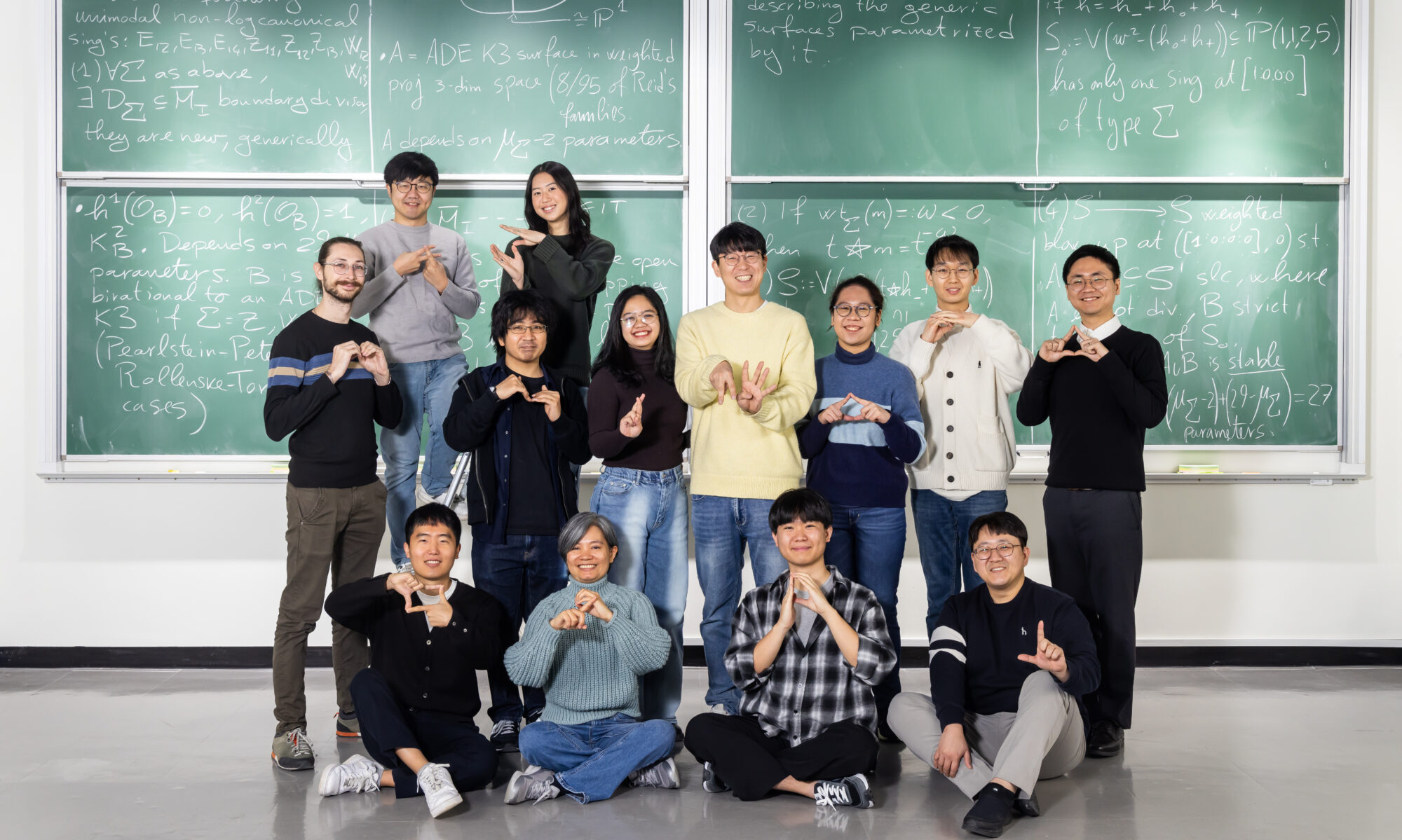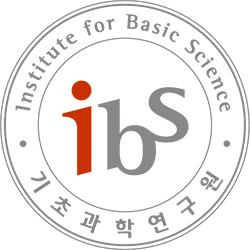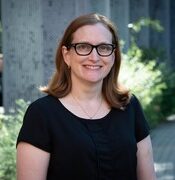
Brian P. Delisle, Circadian Regulation of Cardiac Electrophysiology
ZOOM ID: 997 8258 4700 (Biomedical Mathematics Online Colloquium) (pw: 1234)Abstract: Circadian rhythms in physiology and behavior are regulated by circadian clocks, ubiquitous molecular transcriptional-translational feedback loops that cycle with a periodicity of ~24 hours. Circadian clocks serve as cellular timekeepers regulating important cell-type specific functions. The phase of circadian rhythms and circadian clocks throughout the body are entrained to the light cycle by signals …












